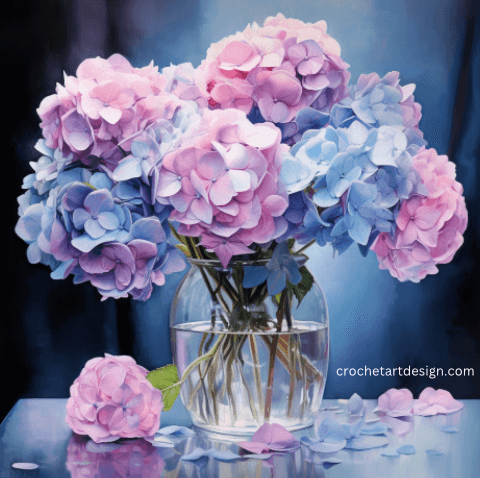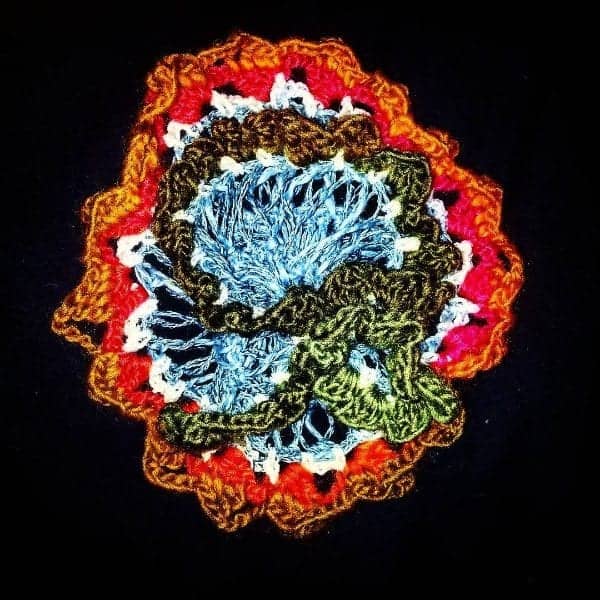Where do Hydrangea Grow Best

Hydrangeas are beloved flowering shrubs known for their large and showy blooms, making them popular in gardens, landscapes, and floral arrangements. There are several species and cultivars of hydrangeas, each with its unique characteristics.
Ideal Growing Conditions
- Hydrangeas generally thrive in well-draining soil that is rich in organic matter. They prefer partial shade but can tolerate varying degrees of sunlight, depending on the species.
- Adequate moisture is essential for hydrangeas, especially during hot summer months.
- Most hydrangeas prefer partial shade, especially in the afternoon when the sun is more intense. In hotter climates, providing some shade during the hottest part of the day can help prevent stress on the plants.
- Well-draining soil with a pH that can be manipulated is ideal for hydrangeas. They prefer slightly acidic to neutral soil, with a pH range of 5.5 to 6.5. The soil should be rich in organic matter to retain moisture.
- Hydrangeas have high moisture requirements, and they do best in consistently moist but not waterlogged soil. Adequate watering is crucial, especially during dry periods. Mulching around the base of the plants helps retain soil moisture.
- In areas with extreme cold or hot temperatures, providing some protection can benefit hydrangeas. Mulching around the base of the plants in winter can help insulate the roots, and providing afternoon shade in hot climates can prevent heat stress.
- Different hydrangea species and varieties have varying growing requirements. For example:
- Bigleaf hydrangeas (Hydrangea macrophylla) may benefit from protection against harsh winter winds.
- Panicle hydrangeas (Hydrangea paniculata) are generally more cold-hardy and heat-tolerant.
- Smooth hydrangeas (Hydrangea arborescens) are known for their adaptability and resilience.
What are the different types of Hydrangea variations?

There are several types of Hydrangea including the Bigleaf Hydrangea. You can learn more about the different types on plant addict website here.
The Crochet Hydrangea Variant

Feel free to experiment with yarn colors to achieve the characteristic multicolor look of hydrangea blooms. You can make multiple crochet hydrangea flowers and create beautiful arrangements, or use them as embellishments for various projects such as hats, scarves, or home decor items. Adjust the size of the crochet hook and yarn weight as desired to make larger or smaller hydrangea flowers. Enjoy creating your crochet hydrangea garden!



Leave a Comment